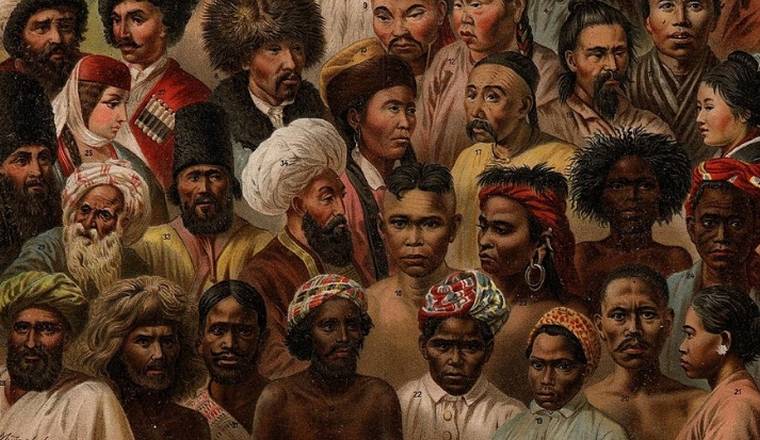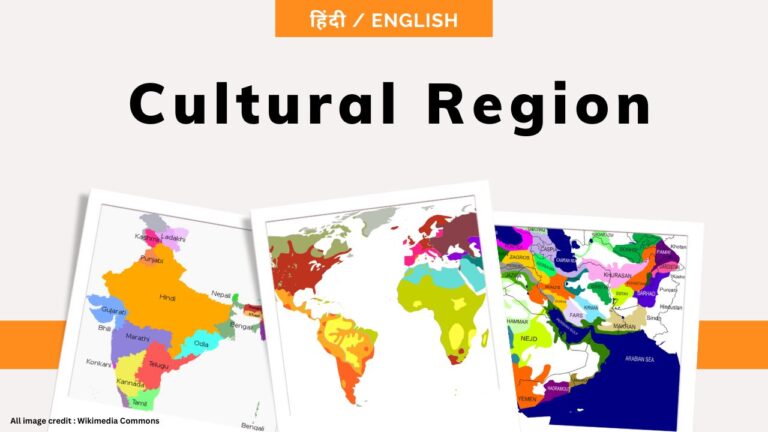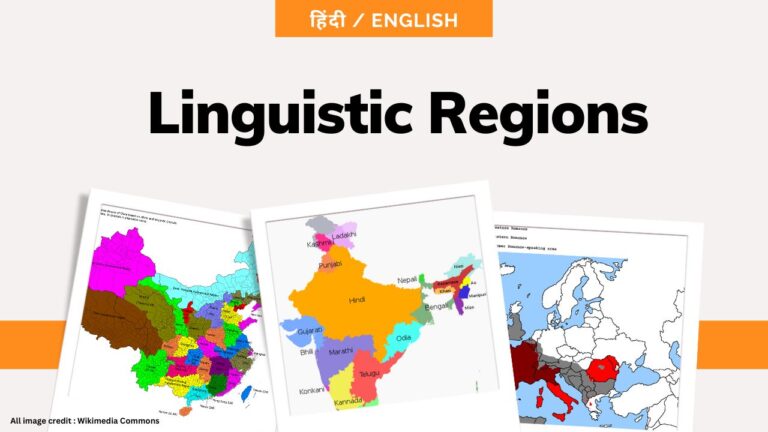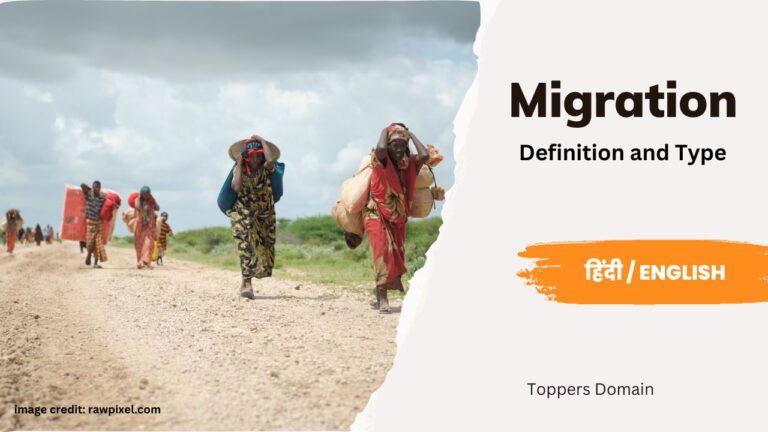Race
Human Geography
Index
Definition and Classification
Race is a concept that refers to the classification of human being based on their physical characteristics, such as skin colour, facial features and hair texture.
The idea of race has been used throughout history to categorize and classify people into different groups, based on their physical traits. This classification has been used to make generalizations about people, such as their intelligence, behaviour and cultural practices.
There are several major races of the world, which are often categorized based on their physical characteristics. These races include Caucasoid, Mongoloid, Negroid and Australoid. While these racial classifications have been used throughout history, it is important to note that they are largely arbitrary and have been used to justify discrimination and inequality.
1- Caucasoid
The Caucasoid race is also known as the European race or white race. This race is comprised of many diverse ethnic groups, including the English, the French, the Germans, the Italians and many others. Caucasoids are characterized by their light skin, straight or wavy hair and a range of facial features such as narrow noses and thin lips. This race is further divided into several subgroups, including Nordic, Mediterranean and Alpine.
2- Mongoloid
The Mongoloid race is also known as the yellow race. It includes people from East Asia, Southeast Asia and the Arctic. Mongoloids are characterized by their almond-shaped eyes (epicanthic folds), which give their eyes a distinctive shape and their straight, black straight or wavy hair. They have a variety of skin tones. This race is further divided into several subgroups, including Chinese, Japanese and Korean.
3- Negroid
The Negroid race is also known as the black race. It includes people from sub-Saharan Africa, as well as some populations in the Middle East and India. Negroids are characterized by their dark skin, curly hair and a variety of facial features such as broad noses. This race is comprised of many diverse ethnic groups, each with their own languages, cultures, and histories. Some of the major ethnic groups include the Bantu, the Zulu, and the Fulani.
On the other hand, Native American race is often defined as having a range of physical characteristics, including straight or wavy hair, dark eyes, and a variety of skin tones. This race is comprised of many diverse ethnic groups, including the Cherokee and many others.
4- Australoid
The Australoid race is also known as the brown race. It includes people from Australia, New Guinea and some parts of Southeast Asia. Australoids are characterized by their dark skin, curly hair and a range of facial features such as broad noses. This race is further divided into several subgroups, including Aboriginal Australians and Papuans. It is comprised of many diverse ethnic groups, including the Maori of New Zealand, the Aboriginal Australians, and the Polynesians of Hawaii and Samoa.
Conclusion :
However, it is important to note that race is not a scientifically valid concept, as genetic variation within so-called racial categories is often greater than variation between them. There is also significant overlap between different racial groups. For example, there is significant genetic diversity within the so-called ‘white’ or ‘Caucasoid’ race and people of European descent may have genetic traits in common with people from North Africa or West Asia. Within each of these broad categories, there is a wide range of diversity in terms of physical characteristics, cultures, languages and histories.
Additionally, the concept of race is socially constructed and has been used to justify discrimination, oppression, and inequality throughout history.
It is important to move away from using race as a way to classify and categorize people. One should instead focus on individual differences and unique characteristics. By recognizing and valuing diversity, we can work towards creating a more equitable and just society for all.
Share
Other Topics
Unit - II







